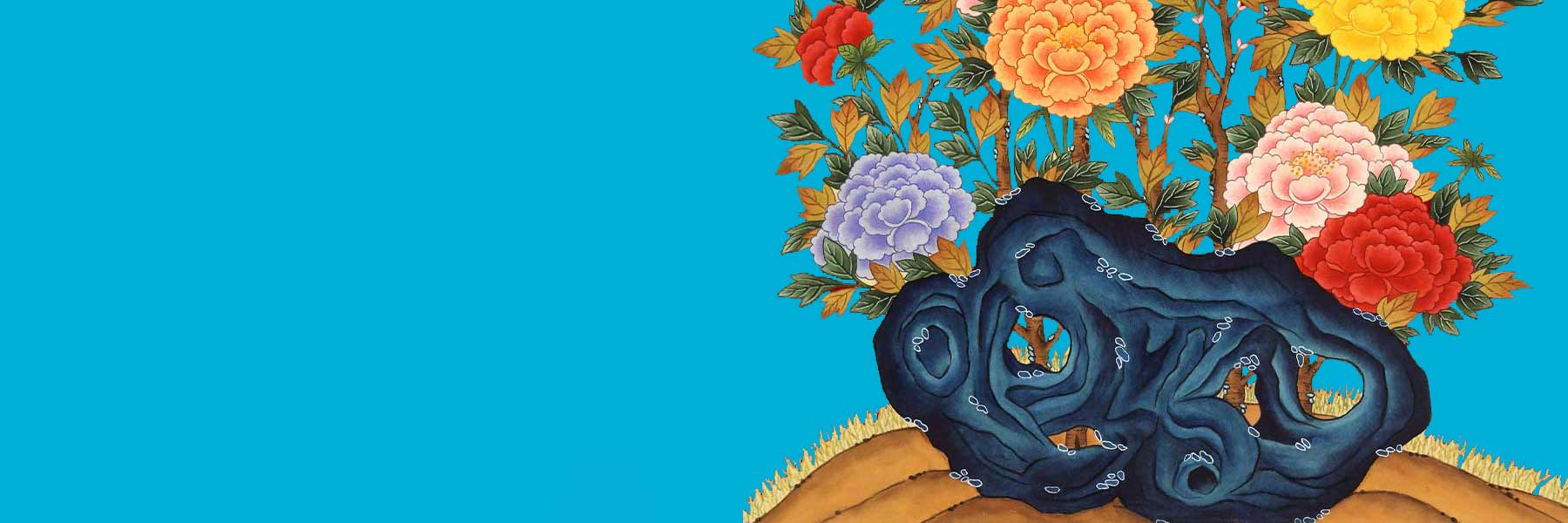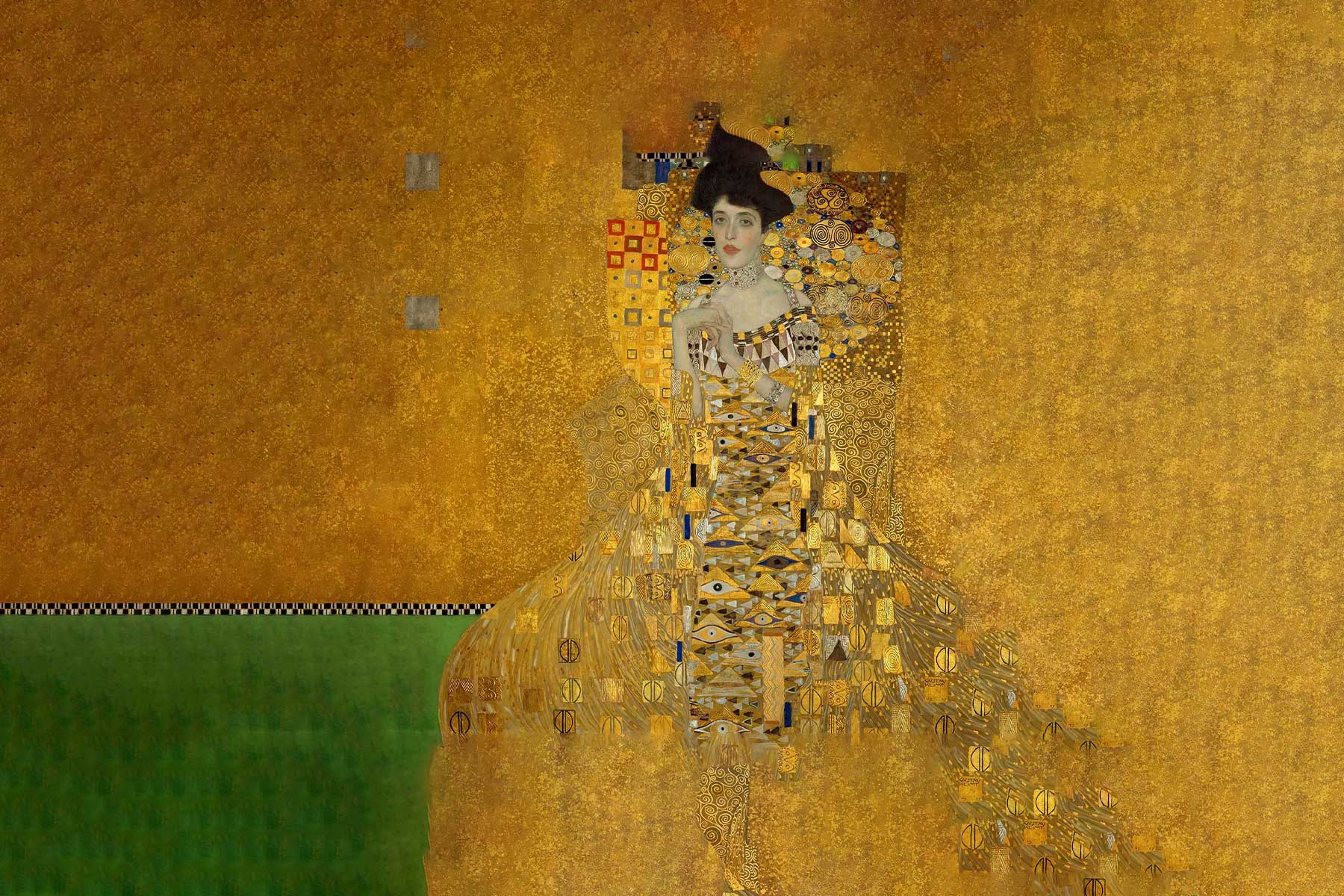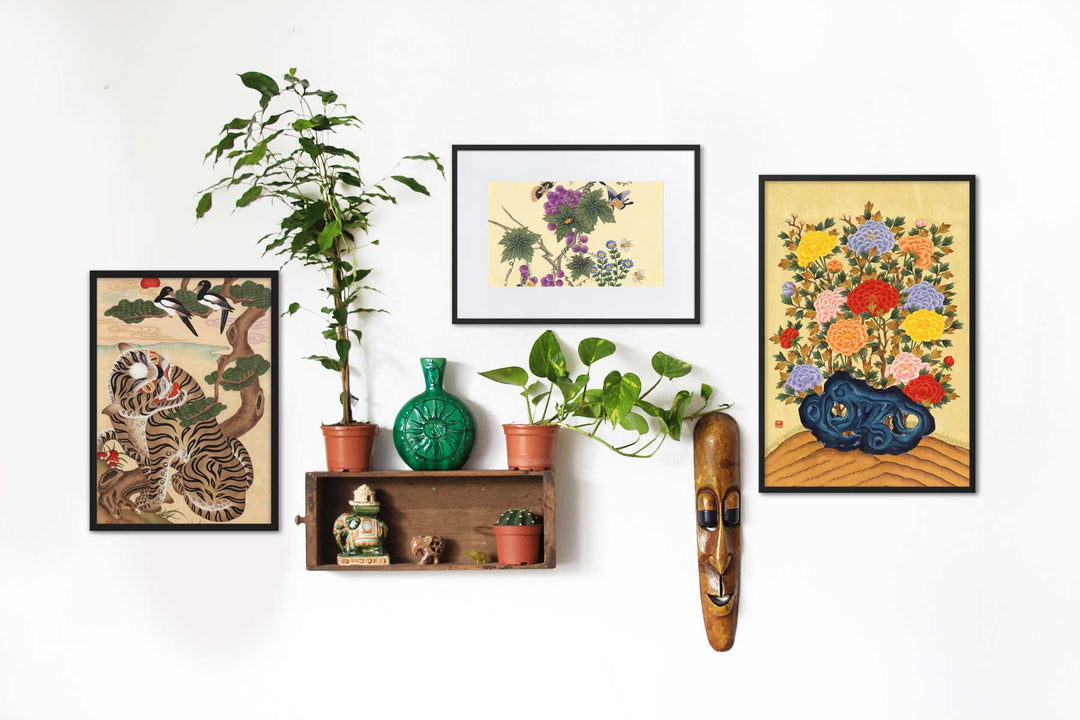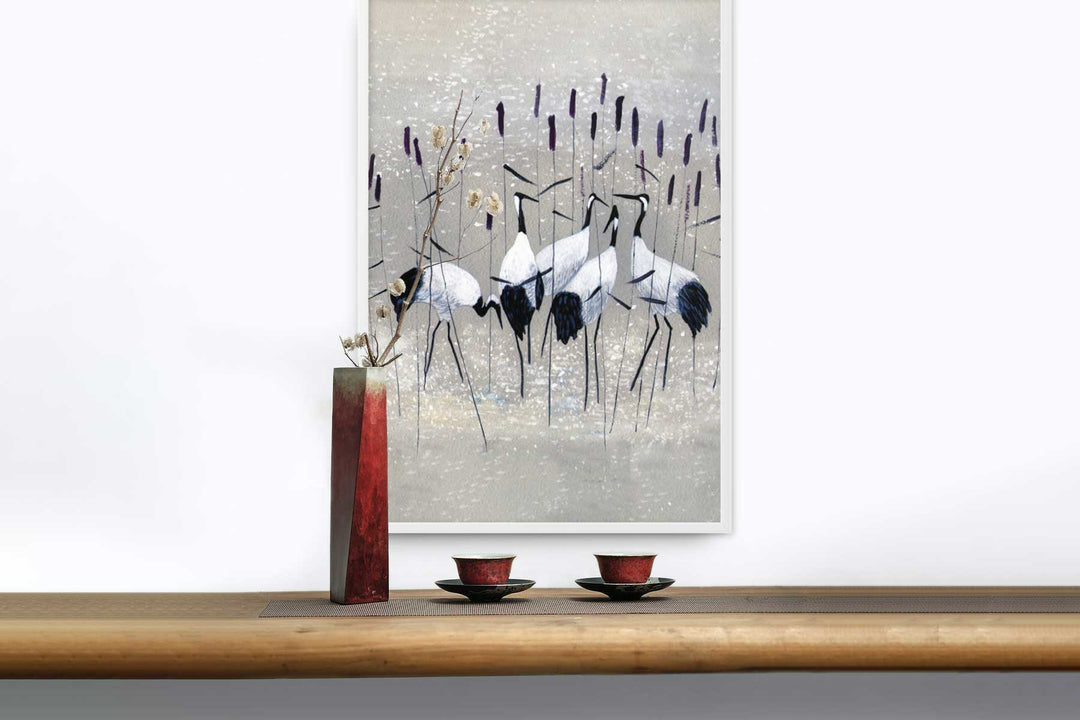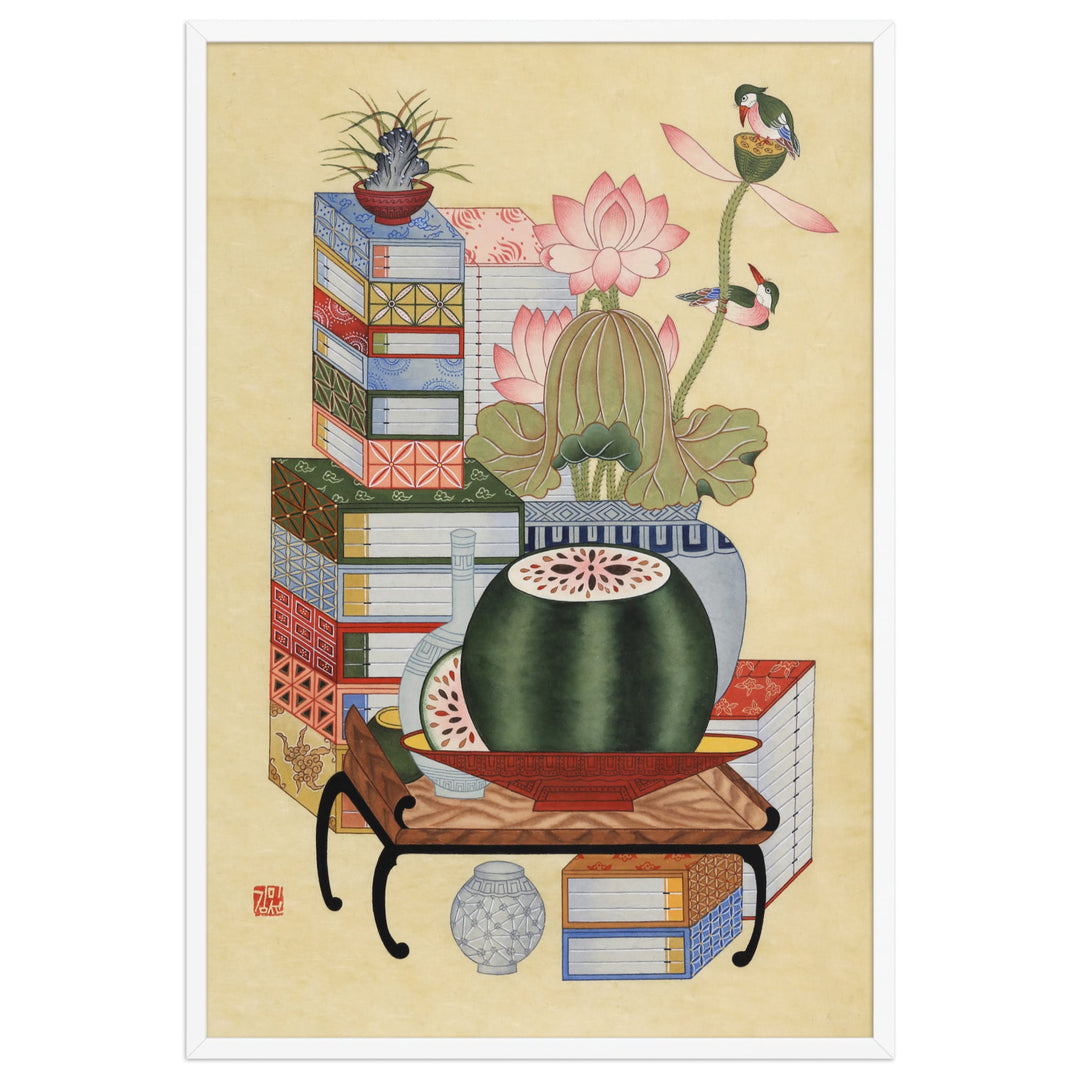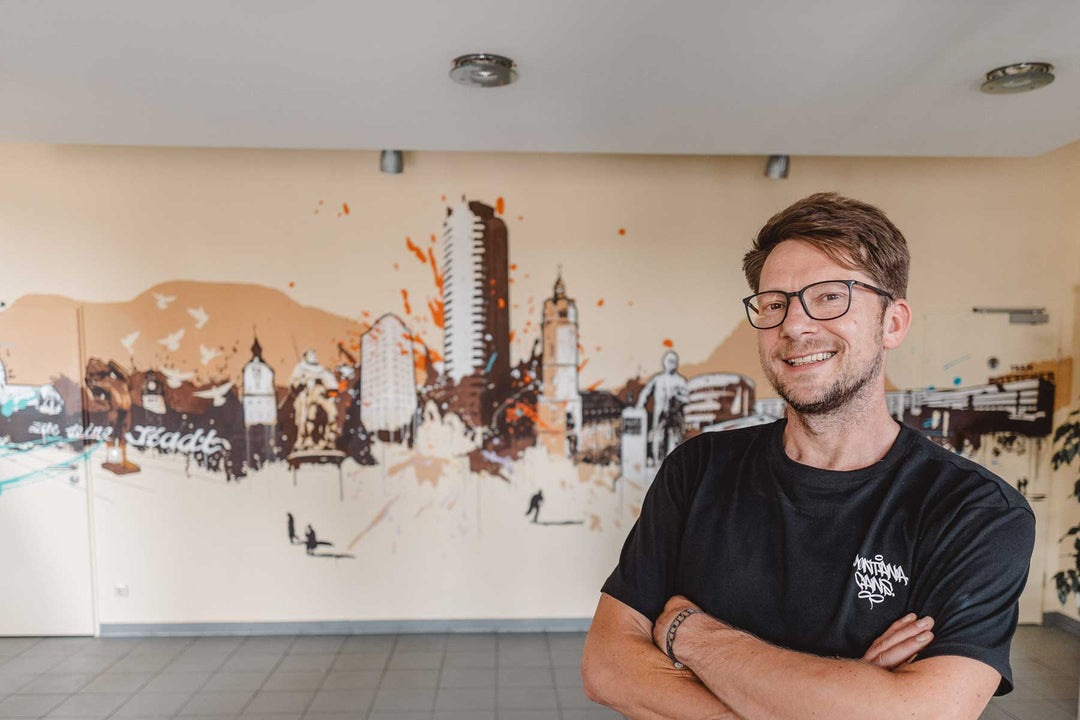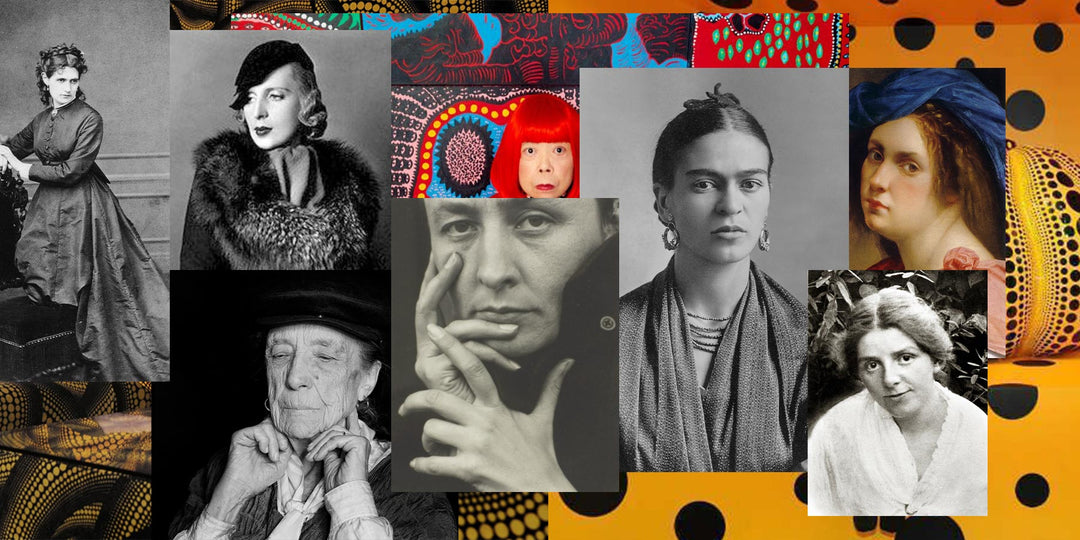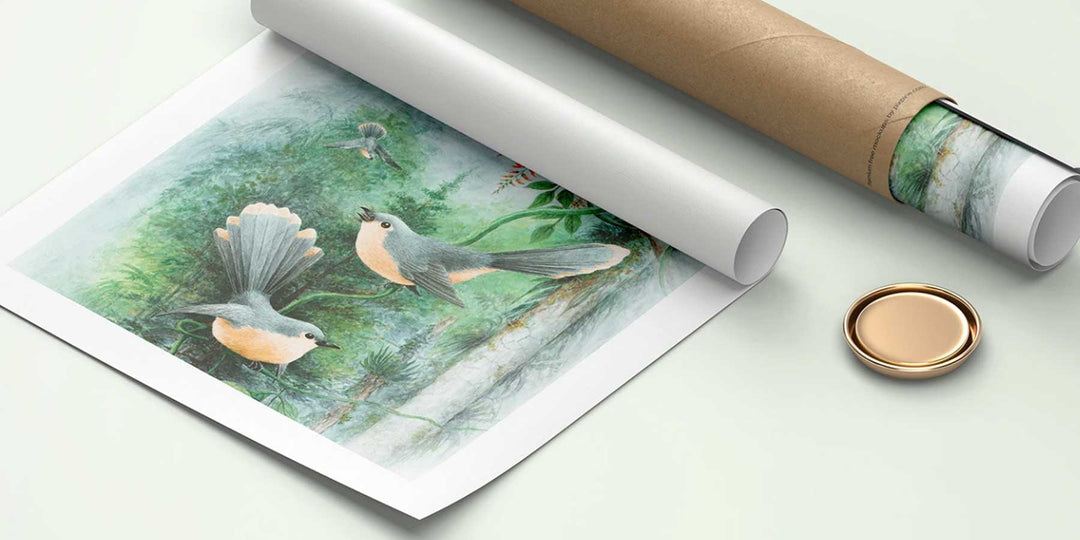The stories of African female artists: A path to self-discovery and new horizons of art
The presence of African female artists in the art world is steadily growing. In an art scene traditionally dominated by men and often shaped by patriarchal social structures, it was long difficult for women to raise their voices. Yet numerous African female artists today communicate with their unique perspective and stories, not only within their communities but also on the global art stage.
Historical background of African female artists
The art of Africa has a long history and deep cultural roots. Women have traditionally been active in many art forms – whether in weaving, ceramics, or body painting. However, in the field of modern art, their voices were less present for a long time. Reasons for this include limited educational opportunities, societal role restrictions, and gender-specific inequalities in the art world.
Since the second half of the 20th century, African female artists have increasingly begun to express their own stories through their art, exploring their identity and rights.
Significant African female artists
African female artists use diverse media and themes to convey strong messages. Here are some internationally recognized artists:
-
Wangechi Mutu (Kenya) - Born in 1972
Wangechi Mutu uses collages, video, and sculpture to explore themes such as femininity, colonialism, and environmental protection in a complex way. Her works captivate with powerful and poetic images that weave together traditional and modern, personal and societal aspects. -
Njideka Akunyili Crosby (Nigeria) - Born in 1983
The Nigerian artist living in the USA combines personal and family experiences with Nigerian culture and American everyday life in her multilayered paintings. Her works are both personal and universal in the search for identity. -
Mary Sibande (South Africa) - Born in 1982
Mary Sibande focuses in her art on the identity and social role of women, especially workers. Her works address the conflict and resistance of women in complex social structures with impressive imagery. -
Sophie Denis (Ivory Coast) - Born in 1970
Using various media, Sophie Denis addresses gender roles, social identity, and the rights of African women. -
Nokuthula M Mpofu (Zimbabwe) - Born in 1992
Nokuthula M Mpofu is a contemporary artist from Zimbabwe known for her powerful and expressive works. She uses various media to depict themes such as identity, culture, and social change. As an active artist, she brings fresh perspectives to the African art scene and combines traditional elements with modern forms of expression.
Challenges and Overcomings
The reality for African female artists is often difficult. Traditional social norms restrict the role of women, and the lack of education and resources remains a hurdle. Access to the international art market is also limited, and political as well as social resistance complicate free artistic expression.
Nevertheless, many female artists transform these challenges into creative energy and create works that address feminism and human rights. Their art becomes an important tool to initiate social change – not only locally but also globally.
Community, Support, and Outlook
In recent years, networks and support programs for African female artists have emerged that support their work and increase their visibility. International exhibitions, art fairs, and local communities are increasingly strengthening their presence.
Digital media and social networks also offer new opportunities to showcase their works worldwide and connect with collectors and audiences. These developments open new stages and opportunities for African female artists.
Conclusion
African female artists communicate not only their cultural roots and personal experiences through their art but also raise their voices boldly and confidently despite many obstacles. Their works are much more than mere art objects – they are powerful media of social messages and will play an increasingly important role in the African and global art scene in the future.
Listening to their stories and works is the first step to understanding the new horizons of African art that they help shape.




